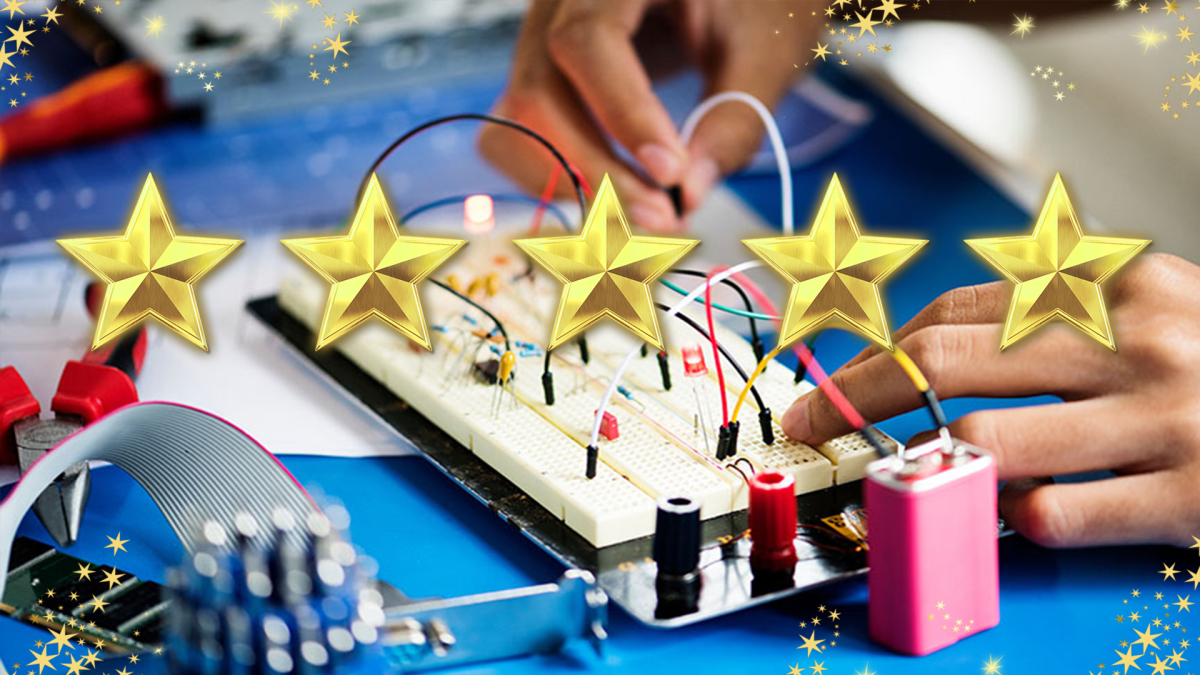Through the use of the Read Aloud, "Up in the Garden and Down by the Dirt" by Kate Messner, students will learn about all the elements that make up a garden. Students will also plant a seed into a
Through the use of the Read Aloud, "This Is a Book to Read with a Worm" by Jodi Wheeler-Toppen, students will learn about the functions and the structure of a worm and how worms affect the garden.
This lesson allows students to conduct an interesting research project about Arizona's nuclear power plant, Palo Verde Generating Station, and its waste management practices today. This leads to
This lesson combines ELA/STEM lesson for 2nd grade. It's great to use with "Mr. Popper's Penguins" or any other units related to penguins. During this design challenge, students will build an iceberg
Tide Pools Ecosystem: Human Impact
This lesson is about students understanding the scientific process through a Community Maze game. Students experience the importance of observation, collaboration, discovery, feedback to achieve a
Students will establish teams and use STEM skills to create models of a Phobos Base that fits in an imaginary 80cm cube and sits on a 1-meter project base. It includes facilities, rocket landing site
This lesson uses the children’s book The Seed and the Giant Saguaro to teach about plant and wildlife habitat in the Sonoran Desert. It includes story reading, discussion, a field experience, writing
In this engaging lesson, students complete 2 labs to investigate and analyze how the force of gravity impacts objects. The lesson is formatted for Argument Driven Inquiry design, which means it starts
This lesson focuses on developing understanding of root systems, especially regarding surface area. The lesson has students creating their own root systems and justifications for the types of roots
This lesson plan focuses on developing an understanding of root systems, especially regarding surface area. The lesson has students creating their own root systems and justifications for the types of
This is the 1st lesson in a unit series of 4 covering plant growth. Students will brainstorm ideas about what plants need to grow. The teacher will read a book about plant growth. Then, the whole
In this lesson, students will plant their sunflower seeds in a cup and complete their first observations in their sunflower diaries. This is the 2nd lesson in a unit series of 4.
In this lesson, students will measure their sunflowers for the first time. They will also create their growth over time graphs for their sunflower growth. This is the 3rd lesson is a unit series of 4.
This is the final lesson for the How do sunflowers grow? unit. In this lesson, students will plant their sunflowers outside. They will continue to monitor the growth of their sunflowers. They will
Students will have the opportunity to discuss growing conditions needed for a healthy plant and what to do when the optimal choice may not be available. In this lesson students construct hydroponic
In this exciting lesson plan, students in grades 4-6 will immerse themselves in the world of "Percy Jackson and the Lightning Thief" by Rick Riordan to apply their creativity to construct a model
In this lesson, students perform a lab, and use a materials list to create an "activity series", the inverse of a reduction potential chart. While reduction charts are used more often, the "activity
Featured Lesson Plans
Check out these notable lesson plans.

This is a great opportunity to show students that coding can be a lot of fun, and it doesn’t have to be scary. Many high school students with little to no prior coding experience often automatically

A Shocking Dystopia: STEM Adventures in The City of Ember Part 4 of 4: Where the River Goes
This lesson is PART 4 of a four-lesson unit, which focuses on futures thinking, the phenomenon of electricity, closed-system agriculture, and water as a renewable energy resource. “The City of Ember”

A Shocking Dystopia: STEM Adventures in The City of Ember Part 3 of 4: A Problem in the Greenhouse
This lesson is PART 3 of a four-lesson unit, which focuses on futures thinking, the phenomenon of electricity, closed-system agriculture, and water as a renewable energy resource. “The City of Ember”


